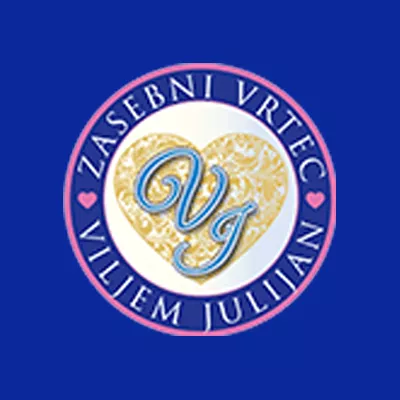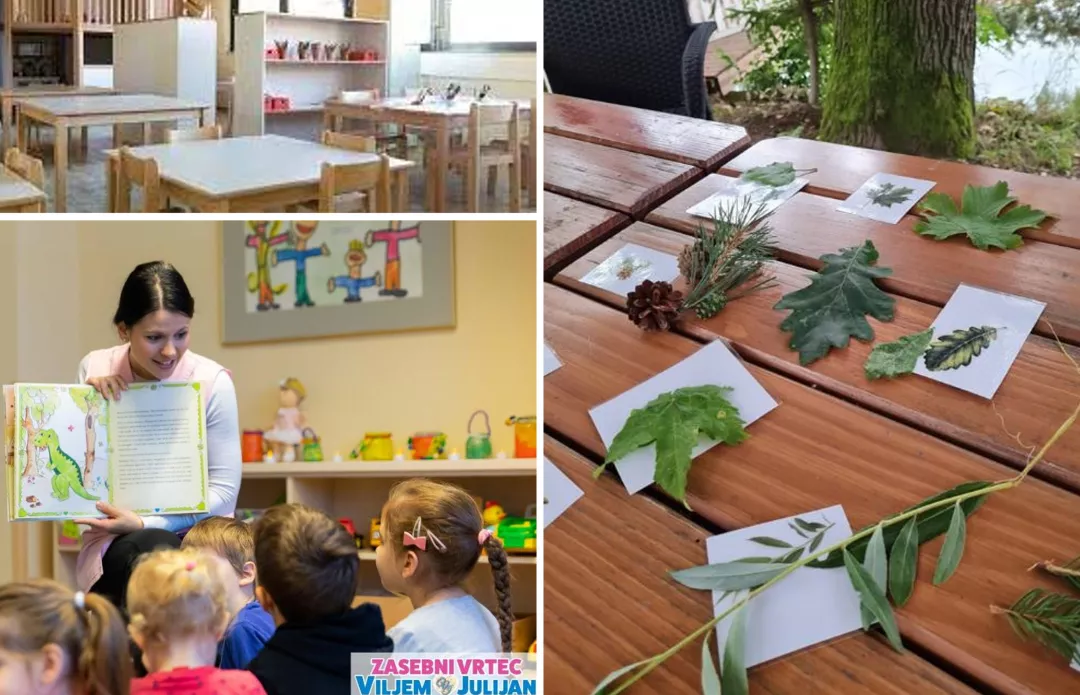General information
RDP Priority
- P6. Social inclusion and local development
RDP Focus Area
- 6B: Local development
RDP Measure
- M19: LEADER/CLLD
Summary
The Viljem Julijan private kindergarten, in the small Slovenian town of Šentjur, used CAP funding to expand and create four new learning environments as well as four experiential learning programmes that promote local food production and environmental sustainability.
Results
Four experiential learning programs and four new learning environments were created.
One kindergarten teacher job has been created and local provision of early years care has been expanded.

Promoter
Xena d.o.o., Viljem Julijan private kindergarten
Funding
Total budget 64 700.68 (EUR)
EAFRD 39 971.99 (EUR)
National/Regional 9 993.00 (EUR)
Private 14 735.69 (EUR)
Ressourcen
Documents
New learning environments in the countryside
(PDF – 2.24 MB)
Context
The Viljem Julijan private kindergarten in the small town (circa 5 000 inhabitants) of Šentjur in eastern Slovenia was experiencing increasing demand for places and needed to build a new section to provide space for another 15-20 children. Other challenges Šentjur faced were: a lack of outdoor spaces for young people to socialise actively; and younger generations had limited opportunities to learn about locally produced organic food or how to manage organic waste.
In an attempt to address these needs with one multidimensional project, the Viljem Julijan private kindergarten developed an educational project with LEADER support of the ‘From Pohorje to Bohor’ LAG.
Objectives
This CAP funded project aimed to address a community’s need for additional infrastructure combined with educational programmes that promote local development and environmental sustainability.
Activities
The first activity focused on the construction of a new section for the Viljem Julijan private kindergarten. This was accompanied by the creation of a pilot training programme on locally produced food, which became part of the regular educational programme delivered by the teachers in the kindergarten.
The second activity took place in an outdoor children's playground which is also owned by the kindergarten. The applicant set up an outdoor learning environment: building two raised garden beds, installing solar lights, and designing a series of eight three-hour food production workshops for children.
The third activity involved setting up an outdoor learning environment at an estate in Dramlje, as well as constructing a community compost bin. They developed a special learning programme for this site, consisting of eight three-hour workshops for children on local food processing and composting.
The fourth activity was to establish an outdoor learning environment and programme in Proseniško consisting of eight three-hour workshops for children on environmental protection and biodiversity in Natura 2000 sites.
The development of the learning facilities and programmes was documented and shared via social media.
Main results
Four experiential learning programmes and four new learning environments were created.
One kindergarten teacher job has been created and local provision of early years care has been expanded.
Overall, the project contributed to raising awareness about the sustainable use of resources and the reduction of greenhouse gas emissions. This was achieved by promoting local organic food production and composting, which can lead to a low-carbon and zero-waste community: the foundation of a circular economy.
Key lessons
Establishing outdoor learning environments in rural towns is a novel way to combine leisure and sustainability awareness. This specific project combined several principles of sustainable development (including the use of natural materials for constructing the learning areas) within what was otherwise an important contribution to local early years care provision.
